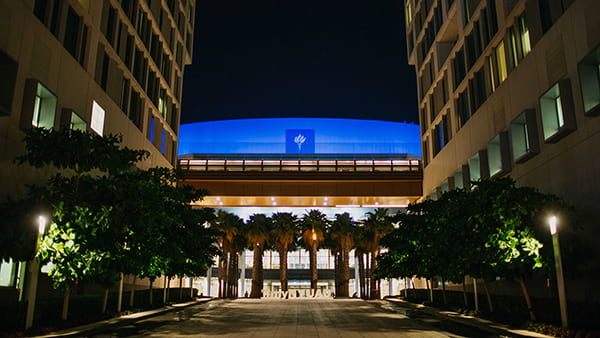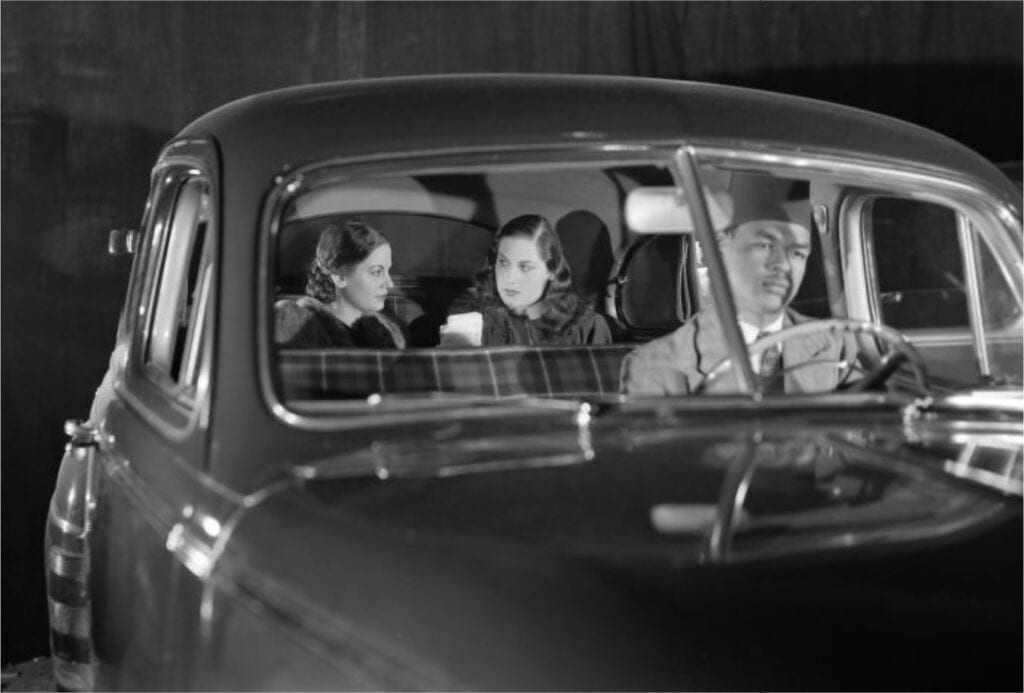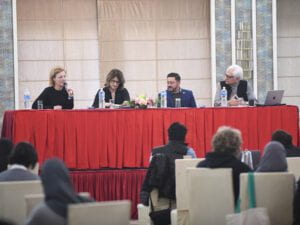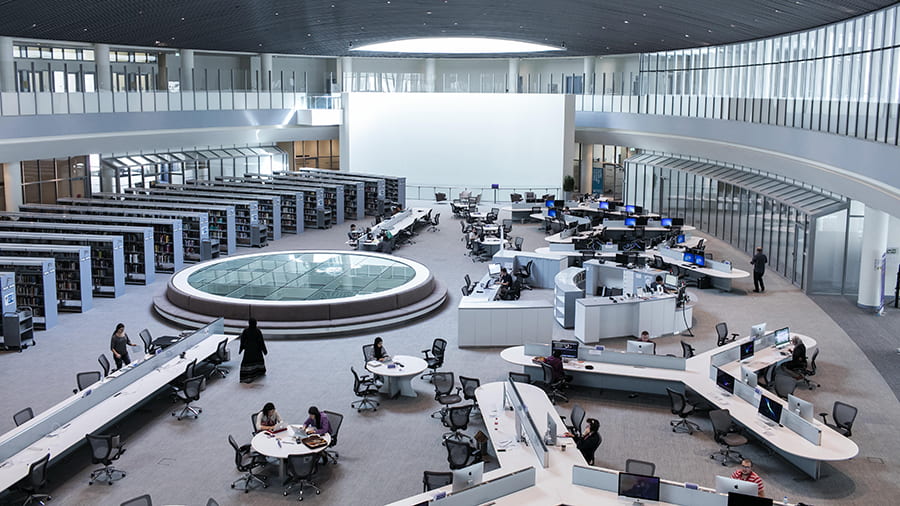Inspired by the first NYU Bookstore display collaboration between the Office of Marketing Communications and the Office of Global Programs, this list of books representing NYU’s global locations promises to broaden your perspective and enrich your knowledge.
NYU Abu Dhabi
 Temporary People
Temporary People
By Deepak Unnikrishnan
The skylines of Abu Dhabi and Dubai are recognizable around the world by their resplendent glittering towers—but how did they get there? Deepak Unnikrishnan, an Indian-born writer raised in the United Arab Emirates and associate arts professor of literature and creative writing at NYU Abu Dhabi, knows the answer: a foreign labor force was brought in to construct them. Using a series of clever and surreal linked stories, Unnikrishnan gives voice to a humanitarian crisis that doesn’t get the attention it deserves.
NYU Accra
 The Hundred Wells of Salaga
The Hundred Wells of Salaga
By Ayesha Harruna Attah
Based on a true story, The Hundred Wells of Salaga tells the tale of two women from very different backgrounds whose lives converge in an unexpected way. It’s a novel that will entangle you emotionally, while offering you crucial insight into precolonial Ghana, particularly the slave trade and its impact on a people.
NYU Berlin
 No Photos on the Dance Floor! Berlin 1989–Today
No Photos on the Dance Floor! Berlin 1989–Today
Edited by Heiko Hoffmann and Felix Hoffmann
History books offer what we think is a full story, but this photography book provides a peek into the city’s after-hours culture through the club scene that blossomed in 1989 after the fall of the Berlin Wall. It’s not only a delightful visual romp but also a history book in its own right, telling the story of a city in transformation, one party at a time.
NYU Buenos Aires
 The Aleph and Other Stories
The Aleph and Other Stories
By Jorge Luis Borges
Jorge Luis Borges might seem like an obvious choice for Argentina—for a country that produced so many famous writers, he is arguably the most famous. Still, who can deny this selection? The brilliant, inventive tales of The Aleph and Other Stories will surprise and stimulate, and they are must-reads for diving into Argentine culture. Borges, after all, makes magic happen in the most unexpected ways.
NYU Florence
 The Monster of Florence: A True Story
The Monster of Florence: A True Story
By Douglas Preston and Mario Spezi
The Monster of Florence has developed a bit of a cult following in recent years, and for good reason—it’s a wild ride. American Douglas Preston moved to Florence with his family and quickly discovered that their olive grove was the site of one of Italy’s most infamous double murders. As he works with investigative journalist Mario Spezi, a Florentine, to get closer to the truth, things really begin to spiral. The Monster of Florence is a propulsive thriller that offers valuable, and often shocking, insight into the Italian justice system.
NYU London
 White Teeth
White Teeth
By Zadie Smith
White Teeth is a rare novel that is entertaining while simultaneously layered with so much richness, one might want to read it all over again as soon as it’s over. Starting with two unlikely friends whose stories blossom into a poignant yet funny family saga, Zadie Smith’s debut novel keenly witnesses the immigrant experience in London, traveling to other continents as well while navigating the relationship between tradition and change.
NYU Los Angeles
 Slow Days, Fast Company: The World, the Flesh, and L.A.
Slow Days, Fast Company: The World, the Flesh, and L.A.
By Eve Babitz
This slim book offers stories as wild and wanton as Los Angeles itself. Unapologetically hedonistic, Slow Days, Fast Company is also a clever, windy ride through the Los Angeles of the 1960s and 1970s. It has all the usual Angeleno archetypes, but Eve Babitz elevates them with her incisive and acerbic insights into life in Hollywood. Isn’t it funny that, decades later, so much has changed but so much remains the same?
NYU Madrid
 Ghosts of Spain: Travels Through Spain and Its Silent Past
Ghosts of Spain: Travels Through Spain and Its Silent Past
By Giles Tremlett
Worth a read to understand a post-Franco Spain, Ghosts of Spain is a well-rounded, curious, and admittedly fun romp through the country, albeit prompted by the author’s questions about its devastating civil war. British author Giles Tremlett combines keen cultural reporting with memoir and quirky sidebars that add levity to what begins as a serious interrogation. While it’s intellectually critical, it’s also a love letter to Spain. After all, there’s a reason Spain is Tremlett’s adopted country.
NYU Paris
 The Years
The Years
By Annie Ernaux
Annie Ernaux’s whole oeuvre is masterful, but many critics cite The Years, first published in 2008, as her magnum opus. In this brilliant collage of a memoir, Nobel Prize winner Ernaux examines her life and the generation that she grew up in, favoring “we” over “I.” The result is a personal history tied to the collective experience of a generation in France during the 20th century. Ernaux weaves her memories into a story that offers cultural notes on topics from consumerism and immigration to unemployment and the threat of nuclear war.
NYU Prague
 Havel: A Life
Havel: A Life
By Michael Žantovský
In many ways, Václav Havel’s life mirrors the zeitgeist of Prague: it’s political, literary, antiauthoritarian, surreal, and somehow, even at its most serious moments, darkly humorous. If that sounds like a lot, it’s because Havel, like the city itself, was a complex figure. Michael Žantovský was a trusted friend, so this biography reads as an intimate and true portrait (faults and all) of a man loyal to his people, his values, and his art. Žantovský succeeds in showing the many dimensions of the iconoclast—playwright, political dissident, prisoner, president—who, in the end, was just as human as the rest of us.
NYU Shanghai
 Shanghai Future: Modernity Remade
Shanghai Future: Modernity Remade
By Anna Greenspan
This brilliant book contextualizes China’s largest and most cosmopolitan city through the lens of modernity. Author Anna Greenspan, an associate professor of contemporary global media at NYU Shanghai, reexamines the changing landscape of the city as it steps well into the 21st century and takes its place on the world stage.
NYU Sydney
 Mirror Sydney: An Atlas of Reflections
Mirror Sydney: An Atlas of Reflections
By Vanessa Berry
A fun and unexpected romp, Mirror Sydney takes us on a tour of the harborside city via engaging essays and clever hand-illustrated maps. Based on a blog Vanessa Berry started more than a decade ago, Mirror Sydney is clearly more than a mere guidebook—it’s too much fun to be that typical. Moreover, it tends to direct the reader to the kinds of places the average tourist wouldn’t care to know about or explore anyway.
NYU Tel Aviv
 The Bibliomaniacs: Tales from a Tel Aviv Bookseller
The Bibliomaniacs: Tales from a Tel Aviv Bookseller
By J.C. Halper
On Allenby Street in Tel Aviv, J.C. Halper—originally from New Jersey but now an Israeli for four-plus decades—runs the city’s most popular secondhand bookshop, containing a dazzling 60,000 books. And in 2022 he published this book of clever, often funny short stories from the point of view of a shop owner. While the stories are allegedly fiction, one can’t help but wonder if we’re learning more about real locals than the author lets on.
NYU Washington, DC
 Lost in the City
Lost in the City
By Edward P. Jones
It’s a joy to read anything by Edward P. Jones, the gifted, Pulitzer Prize–winning writer. His debut collection of short stories, Lost in the City, is no exception and first cemented his literary reputation. These 14 tales tell the everyday encounters and struggles of Black citizens in Washington, DC. But Jones has a gift for making even the most mundane situation meaningful, and his rich, textured stories give weight to life’s most quotidian moments as viewed through the lens of the Black experience in the nation’s capital.
Written by Marti Trgovich
 Lei taught for the first time during his residency, and while the University had originally proposed he complete a project by himself, Lei decided to slowly involve his students. He created a wall installation of wooden musical instruments that experimented with how we experience sound, and he let his students join in the performance when he exhibited them. He also curated exhibitions for his students to display their own work. “We need this kind of courage to do something new,” says Lei, who has a background in music, engineering, and the visual arts. “So I played that kind of role [to encourage students], but they also supported me because it was the first time I’ve taught.”
Lei taught for the first time during his residency, and while the University had originally proposed he complete a project by himself, Lei decided to slowly involve his students. He created a wall installation of wooden musical instruments that experimented with how we experience sound, and he let his students join in the performance when he exhibited them. He also curated exhibitions for his students to display their own work. “We need this kind of courage to do something new,” says Lei, who has a background in music, engineering, and the visual arts. “So I played that kind of role [to encourage students], but they also supported me because it was the first time I’ve taught.”














































